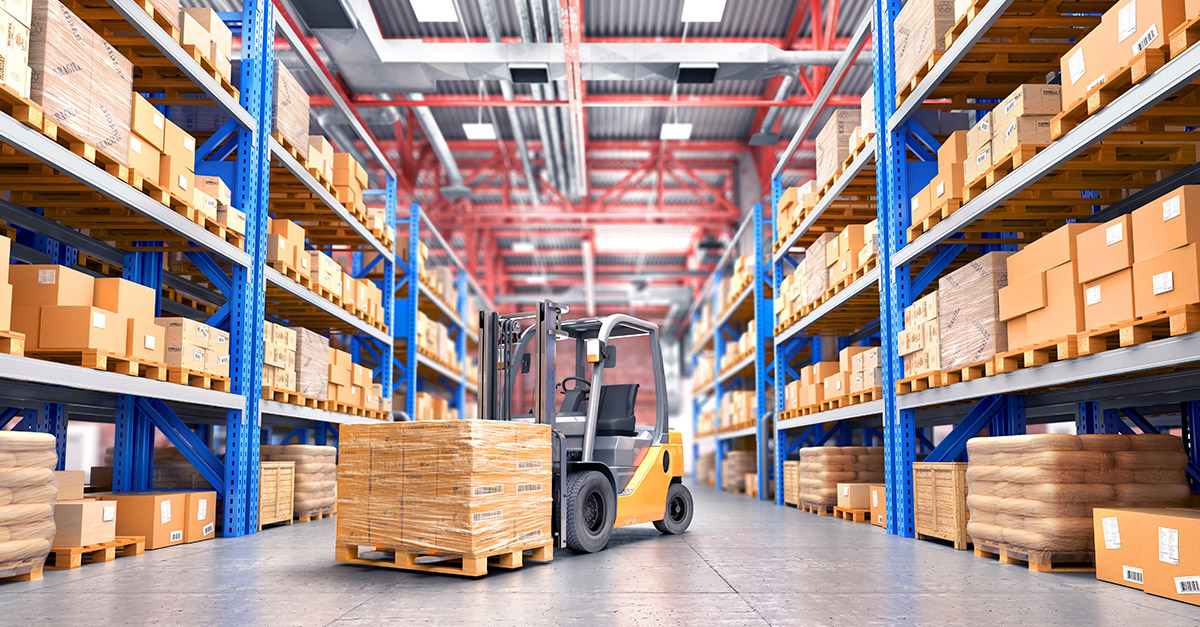E-commerce Warehousing: Meeting the Demands of Online Retail
September 28, 2023
E-commerce Warehousing: Meeting the Demands of Online Retail

E-commerce storage is essential to satisfying consumer demands in the quick-paced world of online retail, where ease and speed are important considerations. Online buying is made easier by this essential link in the e-commerce supply chain, which streamlines order processing, storage, and delivery. As we delve more into this topic, we will examine the idea of e-commerce warehousing, how it meets the needs of online purchasing, and the different kinds of e-commerce warehouses.
What is E-commerce Warehousing?
“E-commerce warehousing” is the phrase used to describe inventory management and storage designed especially to satisfy the needs of internet sellers. E-commerce warehousing, in contrast to traditional warehousing, focuses on the dynamic and frequently unpredictable nature of online shopping. It all comes down to scalability, precision, and speed.
Warehouse is more than just storing items; in the world of online shopping, customers desire fast shipping and a wide assortment of goods. It’s about strategically positioning products for efficient picking, packing, and shipping. E-commerce warehouses are often strategically located near major population centers to minimize transit times, meeting the ever-increasing demand for quick deliveries.
E-commerce Warehousing Caters to Online Retail Demands
E-commerce warehousing is like the backstage crew of an amazing theatre performance. It puts in a lot of effort in the background to ensure that everything functions properly in front of users. Here’s how e-commerce warehousing caters to the demands of online retail:
Inventory Management: Online retailers maintain extensive catalogs of products. E-commerce warehousing systems keep track of every item in real-time, ensuring that products are available when customers want them. This minimizes the risk of stockouts and overstocking, ultimately saving costs and optimizing operations.
Order Fulfillment: Order fulfilment is important to e-commerce warehouse operations. The warehouse gets busy as soon as a customer placed an order. The goal is to fulfil the expectation of speedy shipment that internet customers have grown accustomed to by carefully selecting, packing, and distributing products promptly.
Efficiency and Automation: A major component of e-commerce warehousing is technology. Processes are streamlined, errors are decreased, and efficiency is increased by automation, which includes robotics and warehouse management systems. In a situation where time is of the importance, this is essential.
Scalability: Reacting to demand changes is one of the main problems facing internet businesses. Scalability was a key consideration in the design of e-commerce warehouses, which enable companies to quickly adjust to growth spurts and peak seasons without sacrificing productivity.
Types of E-commerce Warehouses
Different sizes and types of e-commerce warehouses are available to meet different needs and plans. These are a few typical kinds:
Fulfillment Centers: These warehouses are dedicated to order fulfillment and often serve as the last stop before products reach the customer. They are strategically located close to major markets to ensure rapid deliveries.
Cross-Docking Facilities: Cross-docking is all about minimizing storage time. Products arrive at these facilities and are quickly sorted and shipped out to their final destinations, reducing inventory holding costs.
Distribution Centers: Distribution centers act as hubs for distributing products to various locations. They are strategically placed to optimize the supply chain, ensuring efficient transportation to different regions.
Dark Stores: These are traditional retail stores that have been converted into fulfillment centers exclusively for online orders. Dark stores allow retailers to leverage existing infrastructure for e- commerce.
Automated Warehouses: These cutting-edge facilities manage order picking and packing with robotics and automation, guaranteeing efficiency and precision in all processes. The unsung hero of online shopping, e-commerce warehousing puts in endless effort to satisfy the needs of contemporary customers. Product storage is only one aspect of the job; another is planning a smooth operation that guarantees clients receive what they want, when they want it. With numerous types of e-commerce warehouses meeting diverse demands, this sector is developing to stay up to date with the constantly shifting online retail scene. E-commerce storage will continue to be essential in the effort to offer convenience and satisfaction to consumers all over the world as online shopping continues to increase.